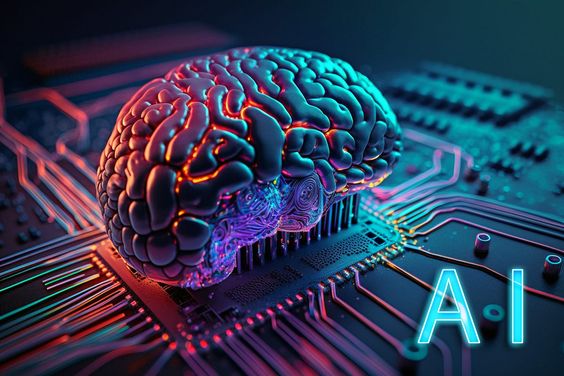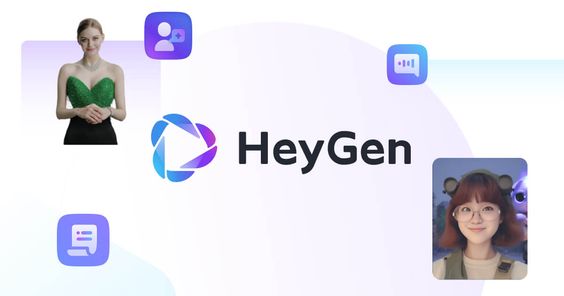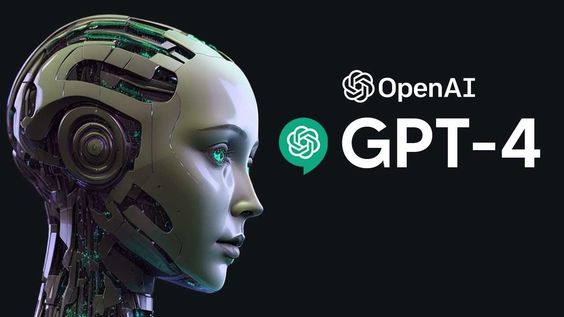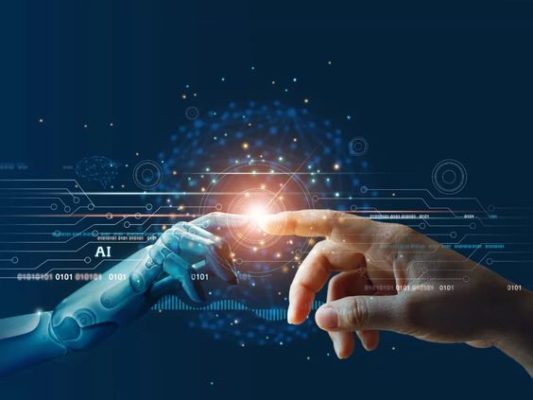Unveiling the Metaverse: Exploring the Next Frontier of Digital Transformation
In today’s digital age, the concept of the Metaverse is emerging as one of the hottest trends in technology. However, the Metaverse is no longer just a vague concept but rather a digital realm full of potential, with profound implications for how we interact with the internet and even the real world. This article will delve deeper into the Metaverse and how it’s reshaping our lives and work.
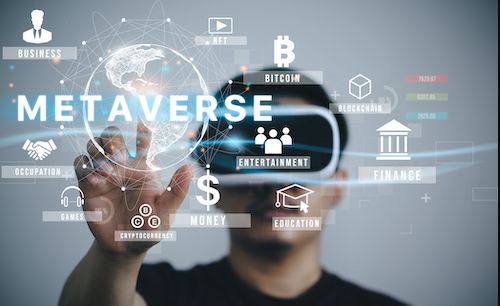
Definition and History of the Metaverse:
The Metaverse is a collective virtual shared space, created by the convergence of physical reality and digital technology, where users can interact with one another and with computer-generated environments in real time. It is a fully immersive and interactive digital universe that allows for social interaction, commerce, entertainment, and education.
The concept of the Metaverse was first popularized in Neal Stephenson's 1992 science fiction novel "Snow Crash," where it was described as a virtual reality-based successor to the internet. However, the idea of a virtual world where users can interact and engage with one another dates back even further, to the early days of the internet in the 1980s and 1990s.
One of the earliest predecessors to the Metaverse was the virtual world Second Life, launched in 2003. Second Life allowed users to create and customize their own avatars, interact with other users, and participate in various activities and events. Although not as widely adopted as initially anticipated, Second Life demonstrated the potential for virtual worlds to serve as platforms for social interaction and commerce.
In recent years, advancements in technology such as virtual reality (VR) and augmented reality (AR) have accelerated the development of the Metaverse. Companies like Facebook (now Meta), Microsoft, and Epic Games have invested heavily in creating immersive virtual environments and experiences. The rise of cryptocurrencies and blockchain technology has also fueled interest in the Metaverse, with the concept of digital ownership and virtual economies becoming increasingly important.
Today, the Metaverse is seen as the next frontier of the internet, offering endless possibilities for social connection, entertainment, and commerce. From virtual concerts and events to virtual real estate and digital art, the Metaverse is rapidly evolving and expanding. As more people embrace virtual experiences and technologies, the Metaverse is poised to become an integral part of our digital lives in the years to come.
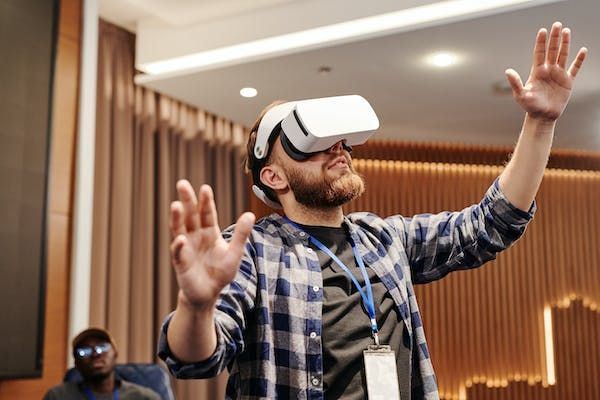
Applications and Potential of the Metaverse:
The Metaverse, a collective virtual shared space that is created by the convergence of physical and digital realities, has the potential to revolutionize various aspects of our lives. One of the key areas where the Metaverse is already making an impact is in education. Virtual classrooms and immersive learning experiences have the potential to make education more engaging and accessible to students of all ages. From virtual field trips to interactive simulations, the possibilities are endless in how the Metaverse can enhance the learning experience.
In the realm of entertainment, the Metaverse offers new opportunities for immersive storytelling and interactive experiences. Virtual concerts, live events, and virtual reality gaming are just some of the ways in which the Metaverse is transforming the entertainment industry. With advancements in technology, users can now participate in virtual worlds and socialize with others in ways that were previously unimaginable.
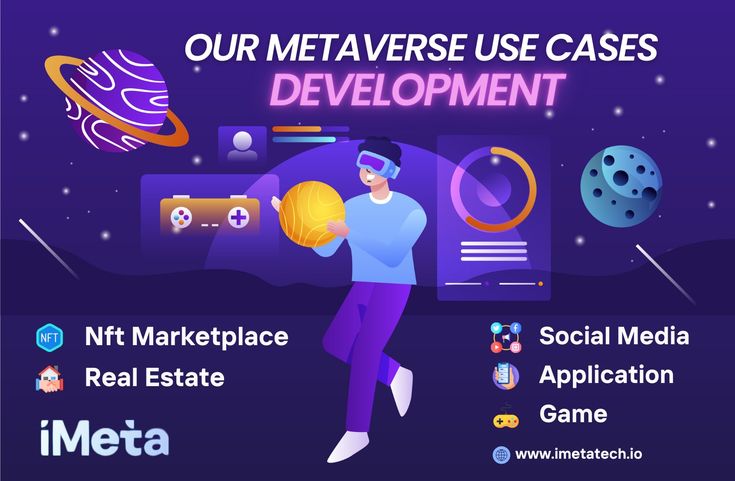
The Metaverse also has the potential to revolutionize the way we shop and consume goods and services. Virtual shopping experiences, personalized recommendations, and virtual try-on services are just a few examples of how the Metaverse is changing the way we shop. With the rise of virtual currencies and blockchain technology, the Metaverse is enabling new forms of commerce and creating new opportunities for businesses and consumers alike.
Remote work is another area where the Metaverse is rapidly gaining traction. With the ability to work collaboratively in virtual spaces, employees can now connect with colleagues from around the world and collaborate on projects in real-time. This has the potential to increase productivity, reduce travel costs, and create new opportunities for remote workers to connect and collaborate with others.
Overall, the applications and potential of the Metaverse are vast and diverse. From education to entertainment, shopping to remote work, the Metaverse is poised to revolutionize the way we live, work, and play in the digital age. As technology continues to evolve, the possibilities for the Metaverse are truly limitless, and its impact on society is only just beginning to be realized.
Technology Behind the Metaverse:
The Metaverse is a rapidly evolving concept that encompasses a virtual space where users can interact with each other and digital objects in a highly immersive and interconnected environment. This futuristic vision of a digital universe is made possible by a combination of cutting-edge technologies that work together to create a seamless and engaging experience for users.

Virtual reality (VR) is a key component of the Metaverse, allowing users to fully immerse themselves in a computer-generated environment. By wearing a VR headset, users can step into a virtual world and interact with objects and other users as if they were physically present. This technology has come a long way in recent years, with advancements in display resolution, motion tracking, and haptic feedback enhancing the sense of presence and realism in virtual environments.
Augmented reality (AR) is another important technology in the Metaverse toolkit, overlaying digital information and objects onto the physical world. AR applications can enhance the way users interact with their surroundings, providing contextual information, interactive experiences, and new ways to visualize data. As AR hardware becomes more compact and affordable, it is poised to play a significant role in bridging the gap between the physical and virtual worlds in the Metaverse.
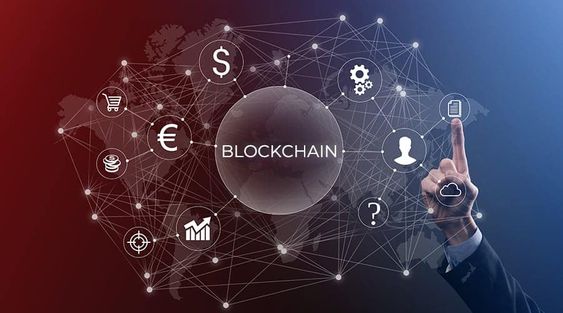
Blockchain technology is a foundational element of the Metaverse, enabling secure and decentralized transactions, digital asset ownership, and verifiable scarcity of virtual goods. By leveraging blockchain technology, users can securely buy, sell, and trade digital assets within the Metaverse, creating a vibrant economy of virtual goods and services. NFTs (non-fungible tokens) have emerged as a popular use case for blockchain technology in the Metaverse, allowing users to own unique and provably scarce digital assets.
Artificial intelligence (AI) is also a crucial technology in the Metaverse, powering intelligent agents, dynamic NPCs (non-player characters), and personalized experiences for users. AI algorithms can analyze user behavior, generate realistic virtual environments, and provide responsive interactions that enhance the immersion and engagement of users in the Metaverse. As AI technology continues to advance, we can expect to see increasingly sophisticated and lifelike virtual worlds that blur the line between reality and simulation.
In addition to these core technologies, the Metaverse is also being shaped by a constant stream of innovations in areas such as spatial computing, spatial audio, photorealistic graphics, and social networking. These advancements are pushing the boundaries of what is possible in virtual environments, creating new opportunities for collaboration, entertainment, education, and commerce in the Metaverse. As these technologies continue to evolve and converge, the Metaverse is poised to become an integral part of our digital lives, offering new ways to connect, create, and explore in a hyperconnected and immersive digital world.
Challenges and Opportunities:
The Metaverse presents a multitude of challenges and opportunities that must be carefully evaluated in order to fully grasp its potential impact on society. One of the foremost challenges is the issue of security within this virtual world. With the increasing integration of digital technologies into our everyday lives, the risk of cyber threats and attacks becomes more prevalent. In the Metaverse, where users are constantly interacting and sharing personal information, the need for robust security measures is paramount in order to protect against potential breaches and data theft.
Furthermore, the management of personal data in the Metaverse raises important ethical and privacy concerns. As individuals spend more time in this virtual space, the amount of personal information being collected and shared increases exponentially. It is crucial to establish clear guidelines and regulations to ensure that user data is protected and that individuals have control over how their information is used and shared within the Metaverse.
Cultural and social diversity is another key consideration in the development of the Metaverse. As this virtual world becomes more integrated into our daily lives, it is important to ensure that it is inclusive and welcoming to people of all backgrounds and identities. Issues of representation and accessibility must be addressed to ensure that the Metaverse reflects the diversity of the real world and provides a safe and inclusive space for all users.
On the other hand, the Metaverse also presents a multitude of opportunities for innovation and economic growth. The potential for new forms of entertainment, communication, and collaboration within this virtual space is vast, opening up new possibilities for businesses and individuals alike. The Metaverse has the potential to revolutionize industries such as gaming, education, healthcare, and commerce, creating new opportunities for economic growth and development.
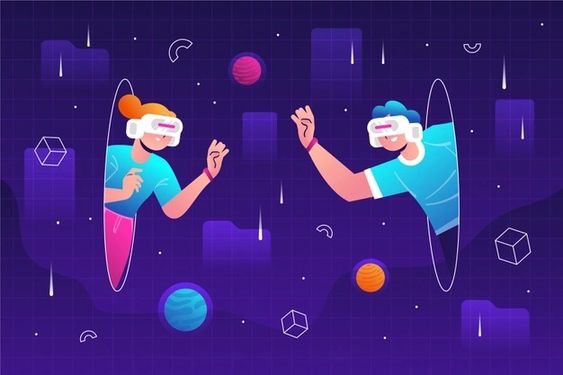
The Spread of the Metaverse:
The Metaverse, a virtual reality space where users can interact with a computer-generated environment and other users, has rapidly spread into various fields, making a significant impact on industry, culture, and education. In industry, the Metaverse has been embraced by companies looking to enhance their marketing strategies, improve customer engagement, and streamline operations. For example, businesses have started using virtual reality to create immersive shopping experiences, virtual showrooms, and interactive training programs for employees.
In the cultural realm, the Metaverse has opened up new opportunities for artists, musicians, and creators to showcase their work in innovative ways. Virtual galleries, concerts, and events have become increasingly popular, allowing people from around the world to participate in cultural experiences without leaving their homes. Additionally, the Metaverse has sparked new forms of collaboration and creativity, as artists and designers experiment with new tools and technologies to push the boundaries of traditional art forms.
In the field of education, the Metaverse has the potential to revolutionize how students learn and engage with material. Virtual classrooms, simulations, and interactive lessons can provide a more immersive and personalized learning experience, catering to the needs and preferences of individual students. Furthermore, the Metaverse can offer access to educational resources and opportunities that may not be available in traditional settings, allowing students to explore new subjects and ideas in a dynamic and engaging way.
Looking towards the future, the influence of the Metaverse is expected to continue expanding, shaping the way we work, play, and interact with each other. As technology advances and more people adopt virtual reality tools and platforms, the possibilities for innovation and collaboration in the Metaverse are endless. From creating new forms of entertainment to revolutionizing how we connect with others, the Metaverse has the potential to transform our lives in ways we have yet to imagine.
In conclusion, the Metaverse is becoming one of the hottest topics in technology, and there are no signs that this interest will wane in the near future. By understanding the Metaverse and its impact, we can be prepared to harness the new opportunities it brings while facing the challenges it presents.


